How to plant and grow lush lilacs on the site
Lilac blooms in early summer, and its strong, bright aroma fills the entire garden area. Bouquets of lilac, light purple or white bunches decorate rooms, tall shrubs allow you to arrange hedges or grow an elegant tree. All this can be done in the country, simply by planting an unpretentious plant in open ground.
Breeders have bred many varieties and plant selections, but terry and simple species are the most popular and unpretentious, they are found throughout the country.
Interesting fact
Common lilac came to us from the Balkans. Here she climbed high into the mountains and grows almost on the rocks. This species blooms in late spring and colors the gardens in lilac and white colors.Reproduction methods
Lilacs have 3 main ways of settling: scion, layering and cuttings. However, in the flowerbed, the shrub settles and rejuvenates on its own. He is constantly giving new shoots. This is both an advantage and a disadvantage, since getting the lilacs off the site is a difficult task.
Vaccinations
The best time for this operation is spring. Cuttings take root in 80% of cases. For the stock we use bushes of ordinary, Hungarian lilac. For scion we take varietal, well-developed annual growths with a brownish bark surface. We begin to harvest the petioles in winter and store them in a cold cellar or refrigerator.
At the rootstock bushes, we cut off the sideways growing shoots to a height of 150-200 mm of soil. From the bottom, remove all branches and shoots near the roots. We select trunks with a thickness of at least 8-10 mm. On good parts, the bark easily lags behind - for this, 7 days before the start of work, we water the bushes abundantly.
Vaccination procedure:
- Remove all the ground from the root collar.
- We wipe the bark with a clean soft napkin and make a split: with a knife we split the stem of the rootstock in two.
- Cut off a stalk from a varietal bush on both sides from the lower end, you should get a wedge.
- From its sides we remove the bark to the top of the wedge and, slightly widening the split on the rootstock, carefully insert the scion into it.
- We fix it tightly with electrical tape and coat with garden varnish all places with damaged bark, as well as the junction of the cutting with the stock.
- We put on a bag on top and tie it tightly so as to create favorable conditions for the grafting to take root.
As soon as the buds begin to swell and bloom on the scion, we remove the package and grow the seedling until autumn. In the pre-winter period, we move the bush to its place. The work is simple, but you need to do it quickly and confidently. We make sure that the wood on the cleaned sides of the cutting does not dry out. If there is a short pause, it is better to stick the graft into the potato - the juice of the root vegetable will not allow the surfaces to dry out.
Layers
This technique allows you to quickly and with a 100% guarantee get a strong seedling from the mother bush. This requires a few simple steps:
- On a strong varietal bush, we find several young shoots growing as close as possible to the root collar of the bush. The bark should be elastic, not hardened.
- We take two pieces of copper wire and pinch the trunk on the shoot near the root and from above, at a distance of 700-800 mm.
- We dig a trench in the direction of the branch, put the shoot in it and fix it with pegs. We make sure that the bark of the sprout is not damaged.
- We fill the trench with earth and water it well.
When the sprouts rise about 150 mm above the ground, we sprinkle them. Further, the care process consists in weeding and periodic watering.In the pre-winter period, we cut off the layers and carefully dig it out of the ground, trying not to damage the roots of young bushes. We divide the seedlings with pruning shears and move them to a permanent place.
Reproduction using cuttings is carried out in the same way with the general method. The disadvantage of this method is that the first flowers will appear only after 5 years. Having prepared cuttings from a varietal bush, 150-200 mm long, remove all leaves and shoots from the bottom. We place the blanks with a sharp end in the potatoes and together with it we plant them in the school.
Young shoots get enough nutrition from the root crop and develop quickly. Nevertheless, in the pre-winter period, the sprouts need protection from frost. In the spring, we plant ready-made bushes in open ground.
Advice
Having decided to plant a lilac, evaluate whether it is worth placing it inside the site. Flowers last only 2-3 weeks. It may be better to arrange a hedge from lilacs along the fence.
Preparing for landing
To ensure a perennial plant, it is important to carry out a full cycle of preparation for planting seedlings in open ground:
- Choosing a place for planting seedlings. You can plant a bush in a place with diffused rays of the sun, the main thing is that all parts of the lilac are illuminated for most of the daylight hours. Lilac does not like drafts very much. You can plant lilacs in partial shade and even in the shade, but you should not hope for the normal development and growth of the bush. Areas with wet, heavy soil are not suitable for planting, especially in lowlands. The roots will get wet, the plant will gradually dry out. In such conditions, you can make a hole in a high bed.
- According to the composition of the soil. The best option is a light, nutrient-rich soil with slightly acidic and normal acidity levels. The ground under the bushes should always be moist and loose. To fill the planting pit, mix in equal amounts sand, humus and sod soil from the garden. Add 3 cups of wood ash and 50 g of superphosphate. The proportion is given per bucket of soil. For clayey soils, we increase the part of the sand and make a mixture in a ratio of 3 to 1.
- Preparing the landing pits. Plants can grow up to 3 m in a circle, so we take this quality into account when determining the place of digging a hole. The distance between different varieties of lilacs can vary from 1.5 to 3 m. We dig a hole up to 700 mm deep. We dig a hole in width that exceeds the size of the root system of the seedling by 4-5 times. We put a layer of drainage on the bottom and fill the soil to the middle.
Planting seedlings
We place the grown bush in the middle of the hole and begin to fill the hole in small portions. We monitor the safety of the root system of the seedling. We periodically pull the bush up to create an air gap and a free and correct location of the roots.
Before reaching 100-150 mm to the top, pour a bucket of water into the pit. After the moisture is fed a little, we fill in the rest of the earth, leaving a small distance for mulching. The root collar should protrude 20-30 mm above the soil level.
All varieties and varieties of lilacs are planted according to this scheme.
Advice
It is not recommended to plant other plants under lilacs - they will develop poorly or die altogether, a viable neighbor will take away all nutrients and light from them.
Leaving before flowering
Lilac easily tolerates low temperatures, but individual branches often freeze and dry out. Therefore, in early spring it is imperative we carry out sanitary pruning of shrubs... With the frozen ones, we also remove the old branches. Be sure to remove root growth and weeds. Such treatments allow you to get rid of the risk of disease in bushes and pests. If seedlings were planted in the winter, open them and add a layer of mulch. After that, we loosen the soil along the entire aisle.
Only the planted lilacs are watered every other day, but in small portions. We carry out this work until the bushes take root and young growth appears. In severe drought, you will have to increase the number of waterings.We do not fertilize the bushes before flowering. At this stage, it is sufficient to provide constantly moist and loose soil under the bushes.
Lilacs begin to shed their color only in the third year after planting. At this time, we begin to introduce seasonal complementary foods. It doesn't hurt to do a few dressings in the spring. One right after winter. Add mineral fertilizers to the composition. We prepare the amount and composition of the mixture depending on the type of soil. But we definitely use potassium-phosphorus fertilizers and add ash and lime for acidic soils. Before flowering, we add an organic solution to obtain large flowers.
Shrub care after flowering
We carry out the main care operations according to the previous scheme until the beginning of August. After the end of budding, we cut off all the flowers from the bush. This work will keep the stems long and straight. Otherwise, next year the stem will branch out and there will be 1 small inflorescence at each end.
Important
Keep a close eye on the condition of the foliage and stems. At the first signs of disease or pests, treat the plantings with an appropriate product.After budding, we stop loosening the earth. This is necessary so that young shoots stop appearing and the main food is redirected to the roots, and flexible shoots begin to become covered with a dense woody crust. At this time, preparations for winter begin, especially in the northern regions.
We introduce a mineral fertilizer solution. It is not recommended to use nitrogen supplements and large amounts of organic matter. The plant from such feeding begins to release young shoots. In the pre-winter period, we add superphosphate, scattering up to 50 g of fertilizer under each bush. Autumn watering of lilacs is not required. Throughout the season, we add wood ash, from which the bushes only get better. If during the season to perform 3-4 treatments of lilac ash, you can not add mineral compositions in the fall.
Breeding, planting and grooming work is not difficult and does not require much experience. But all operations must be treated responsibly. Then in May your garden will be decorated with beautiful and fragrant flowers.


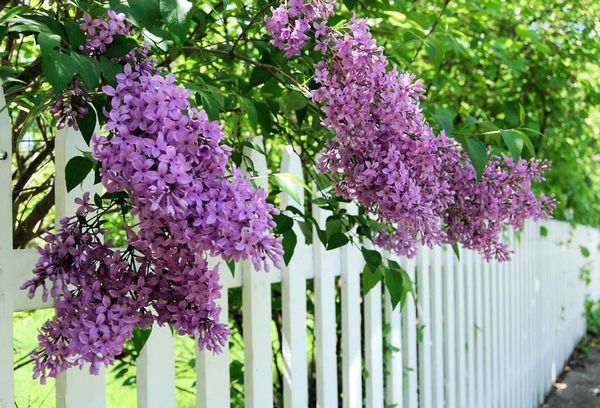
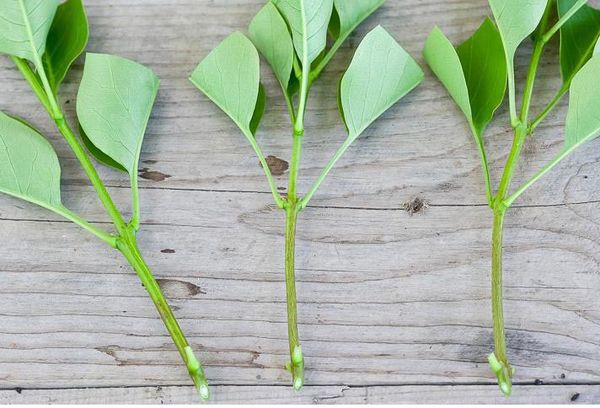
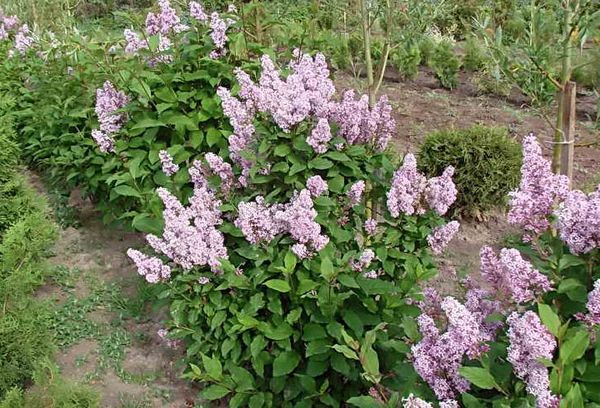
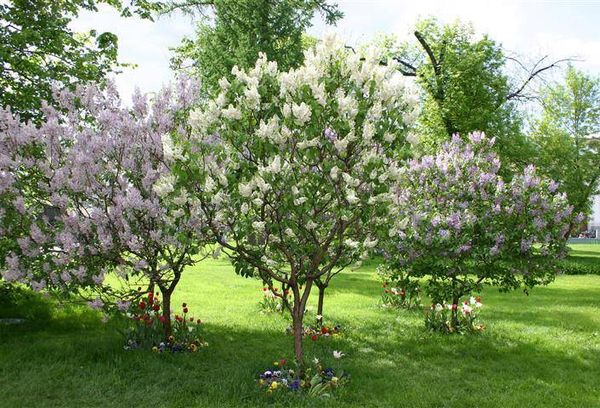

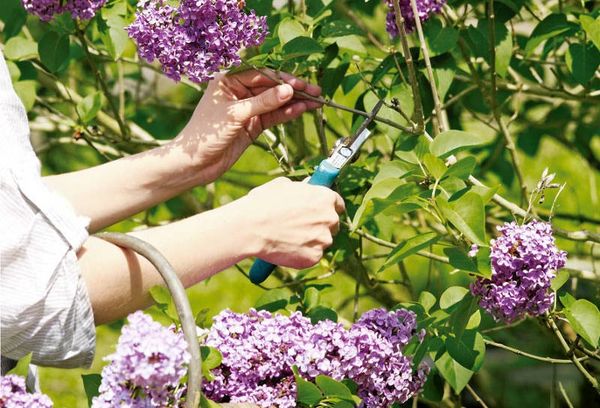
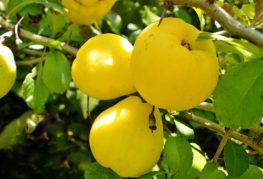


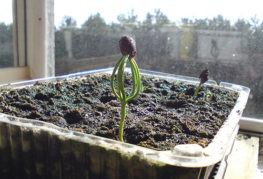
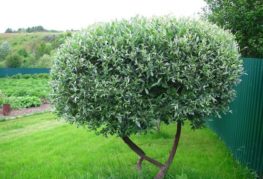

and will be published shortly.